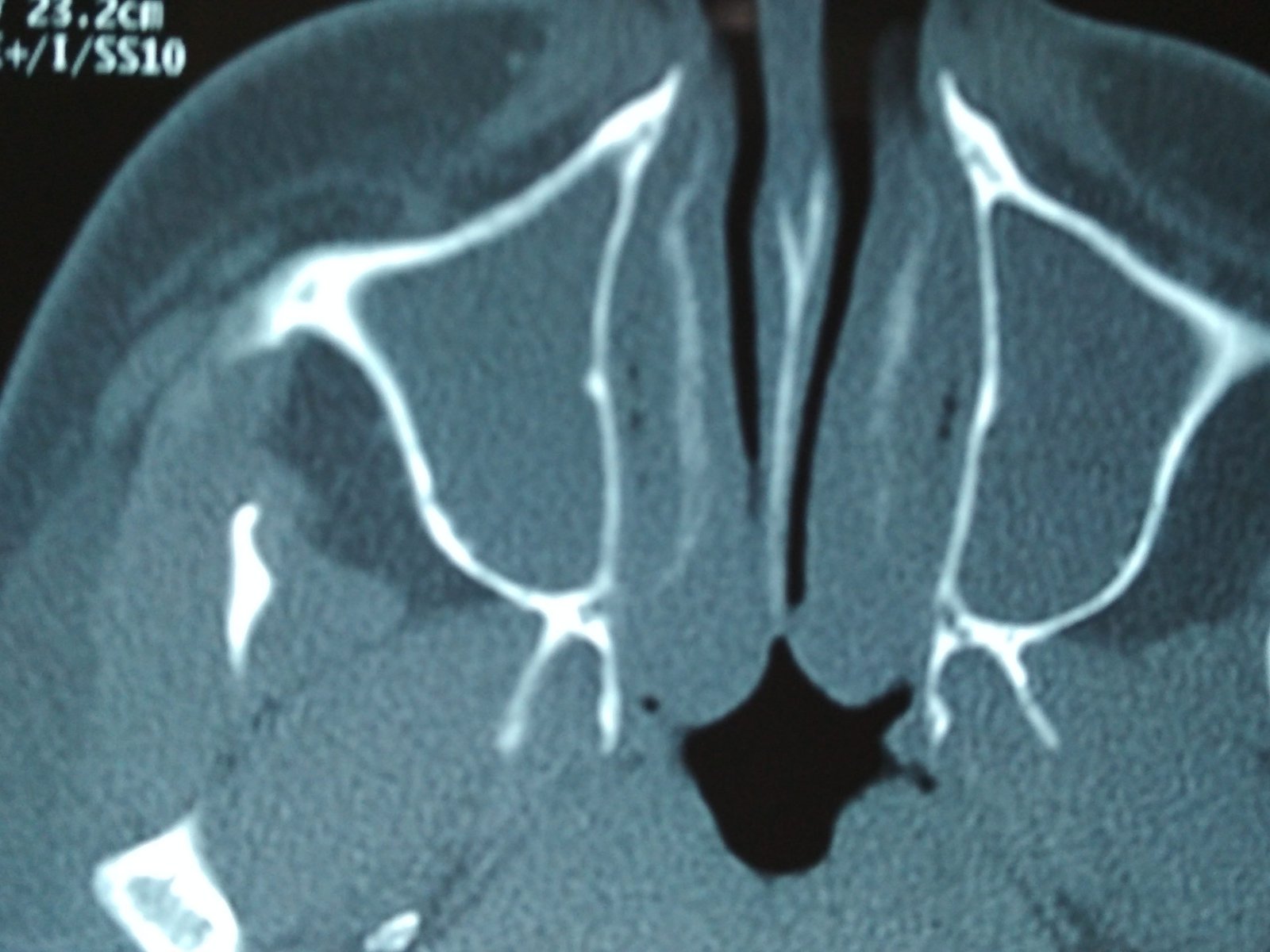Turbinate Hypertrophy Causes Sleep Apnea
Picture this: You are in the midst of an internal meeting at the workplace. Your boss or senior colleague is championing the virtues of his latest idea on cost-cutting measures. Slowly, his voice lapses into a muter, even while his animated face steadily starts to blur before your eyes. Suddenly, you snap to attention, embarrassed at catching yourself nodding off. Seems familiar? Well, you could be experiencing symptoms of an obstructed nasal passage. But how can a stuffy nose be responsible for dozing off at work?
What are nasal Turbinates?
The nasal turbinates are small, shelf-like, bony structures covered by mucous membranes
(mucosa) that protrude into the nasal airway and help to warm, humidify and cleanse air as it
is inhaled and before it reaches the lungs.
Chronic Nasal Block and Turbinate Hypertrophy
Chronic nasal obstruction, or a stuffy nose, is most typically caused by enlargement of the inferior nasal turbinates. This happens because the mucosal membranes covering the turbinate spongy bone can swell due to constant exposure of certain environmental allergies, infections, or addiction to nasal decongestants. When the mucosa becomes inflamed, the blood vessels inside the membrane swell and expand, causing the turbinates to become enlarged and obstruct the flow of air through the nose.
A chronic stuffy nose and the accompanying symptom of nasal congestion and nasal obstruction can impair normal breathing, forcing patients to breathe through the mouth and turn the simple acts of eating, drinking, and speaking into an annoying and sometimes painful experience affecting people throughout the day, as well as during sleep and can also contribute to headaches.
As per Bernoulli’s principle the places of greatest resistance to nasal airflow like inferior turbinate hypertrophy will also cause sound to be produced (read snoring).
Treatment
Enlarged turbinate is a reversible condition and most people experience this during episodes of nasal congestion caused by cold or flu.
However, turbinate hypertrophy can be irreversible and chronic that impacts your quality of life. Once turbinate enlargement becomes chronic, it is irreversible except with surgical intervention.
Medical management consists of:
• Decongestants – shrink the blood vessels in the lining of the nose. These medicines only
relieve stuffiness.
• Antihistamines may reduce the amount of mucus.
• Saline nasal sprays to loosen thick mucus.
Nevertheless, once turbinate enlargement becomes chronic, it is irreversible except with surgical intervention called turbinoplasty. The procedure opens up the nasal passages by reducing and re-sizing the enlarged bone and soft tissue sponges. “Turbinoplasty may be achieved by cauterization, laser, microdebrider or coblation, though of these, coblator turbinoplasty is more likely to provide longer lasting relief.”.


Thank you sir for this information. It is very helpful as i always felt i had septum deviation and this also throws an angle on what else can cause the Stuffy nose .